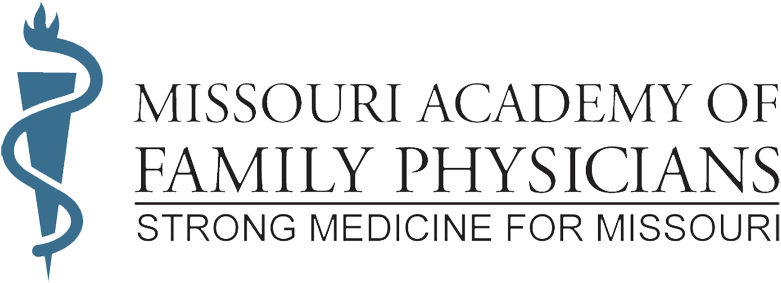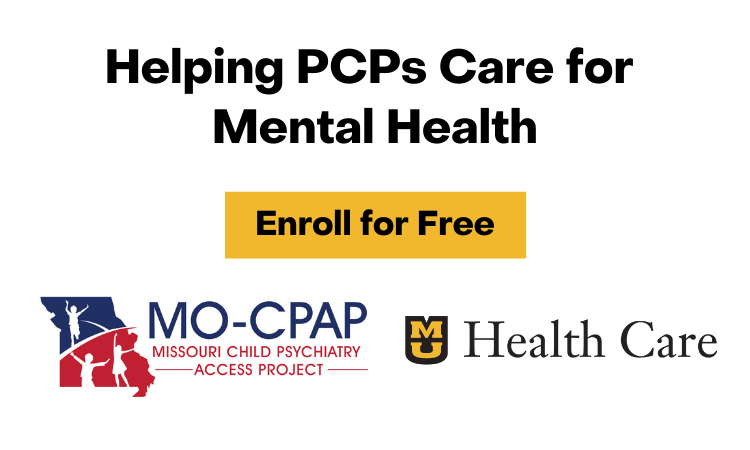Beyond Zoom: Innovations in Medical Education
Sarah Cole. DO, FAAFP
“The one thing we absolutely know about the future of health care and graduate medical education is that it is uncertain.” Such are the prophetic words of the 2014 Accreditation Council of Graduate Medical Education’s strategic plan summary, its most recent to date.1
“Changes and challenges are rampant in medical education.” Prophetic, too, are the words of the American Association of Medical Colleges, in its immediately pre-COVID planning phases for its 2020 Strategic Plan, set to be published this autumn.
It is appropriate timing, then, that this quarter’s MAFP journal describes innovations in clinical teaching. Among its many other impacts, the COVID-19 pandemic has taken innovations in teaching from theoretical model to necessary practice and from “someday” to “now”.2 Just when the ACGME called for smoothing the bridges across the spectrum of undergraduate, graduate and continuing medical education, COVID-19 cracked the foundations of those bridges, limiting medical students’ and residents’ capacity to meet in teaching groups or see live patients. Some educational leaders express concern that this year’s medical school graduates’ clinical skills will be inadequate for residency while others express concern that this year’s residency graduates will be ill-prepared for independent practice. Still others remind us not to devalue what students and residents are learning through the pandemic, such as systematic responses to a community health threat, appropriate use of telemedicine, and increased emphasis on population health and social determinants of health.
As medical schools converted overnight to virtual learning and clinical practices converted overnight to telemedicine, residencies did both. A residency director myself, I learned how to give my first lecture online the same day I completed my first video visit with a patient. I’m not the most technologically savvy but even I have learned there are more similarities to virtual learning than differences. Zoom, MS Teams and WebEx have break out rooms for small-group work; screen share allows my lecture slides to be viewed, whiteboards facilitate my chalk talks. There are even some benefits to online learning compared to live. Because these sessions are easily viewed from other locations or recorded, our residents’ attendance at didactic sessions has increased. And chat features allow those participants who might be shy to speak up in person to quietly type their questions instead.
But innovations in medical education go beyond Zoom. The US medical education system was already headed for a clinical learning environment that accommodated virtual learning and virtual health care. New York University’s Institute for Innovations in Medical Education, for example, uses not only online learning modules or ebooks but also virtual and augmented reality to view three-dimensional anatomic models or practice hands-on clinical skills. Recently, the Institute also studied how data analytics of a student’s past or current academic experiences might be used to customize medical school training. COVID-19 is simply accelerating the pace at which innovations like these must broadly account for ways to graduate, as recently stated in JAMA Viewpoint, “well-prepared physicians on time and without lowering standards”3.
To that end, here are some of the most intriguing innovations I’ve recently heard from my clinical educator colleagues:
- One residency partnered with the local university to assign undergraduate students in health-related fields to a population health project, in which they learn the basic principles of population health then reach out as a member of the population health team to patients to close gaps.
- One medical school designed a virtual sub-internship when live rotations were canceled. Students participated in team hospital rounds via an outline platform such as Zoom or WebEx then called or videoed into the rooms of patients who had given permission for students to virtually round.
- Another medical school invited medical students to participate virtually in video clinic visits. The attending, patient and student were all in three different physical locations while meeting in the clinic’s secure online platform.
- Another program was able to accept MORE students for preceptorship using models similar to these because the experience was virtual and thus didn’t make its small clinic over-crowded.
- Other programs, even pre-COVID, increased their elective experiences in disaster preparedness/response, point-of-care ultrasound and telemedicine/virtual care.
- Larger or more academic institutions have emphasized simulations with adult and pediatric resuscitation models, maternity care models, surgical models, ultrasound and other procedural models. Community hospitals, too, are learning the value of investing in these models so that their medical staff can maintain practice.
So how can you be part of the wave of innovation in Family Medicine education?
- If you’ve never precepted students in your office or if you deferred them for a time during the initial stages of the COVID19 pandemic, I encourage you to let students in. Let them see how front line physicians rise up to address a threat to community health.
- Include students and residents in your telemedicine encounters whenever patients permit. Let them speak on the phone with your patients or have them join you on video visits. In this way, you can prepare future physicians for the telemedicine skills that will be an integral component of their future practice.
- Invite students and residents to your team meetings. Model for them the role that a physician leader plays in a multidisciplinary group that addresses population health measures.
- Ask students and residents their experiences with virtual learning and simulations. This may generate additional ideas for innovations in teaching yet also teaches a learner how to self-identify gaps in knowledge or skill sets.
- If you have “down” time when a student or resident is with you, remember that sometimes innovations can be low-tech. Consider creating a simulation experience of your own. Have the learner use your pocket ultrasound to image themselves, you or a willing patient. Model the mechanics of performing a speculum exam using PVC piping, shipping tubes or similar. Practice suturing with a pig’s foot or chicken breast with the skin still on it, or for those who prefer a non-animal model, a foam pad covered by a variety of layers such as felt, cotton batting and ACE bandages.
References
- Accreditation Council for Graduate Medical Education ACGME 2014 Strategic Plan Summary. April 2015. Accessed 10/1/2020 https://www.acgme.org/Portals/0/PFAssets/PublicationsPapers/Strategic%20Plan%20Summary.pdf?ver=2015-11-06-120707-670
- American Association of Medical Colleges. Accessed 9/30/2020 https://www.aamc.org/what-we-do/strategic-planning/environmental-scan
- Lucey CR and Johnston SC. The transformational effects of COVID-19 on medical education. Sept 15 2020. 324(11):1033-34.
- https://med.nyu.edu/departments-institutes/innovations-medical-education/our-programs-divisions Accessed 10/5/2020
About the Author
By: Sarah Cole. DO, FAAFP




